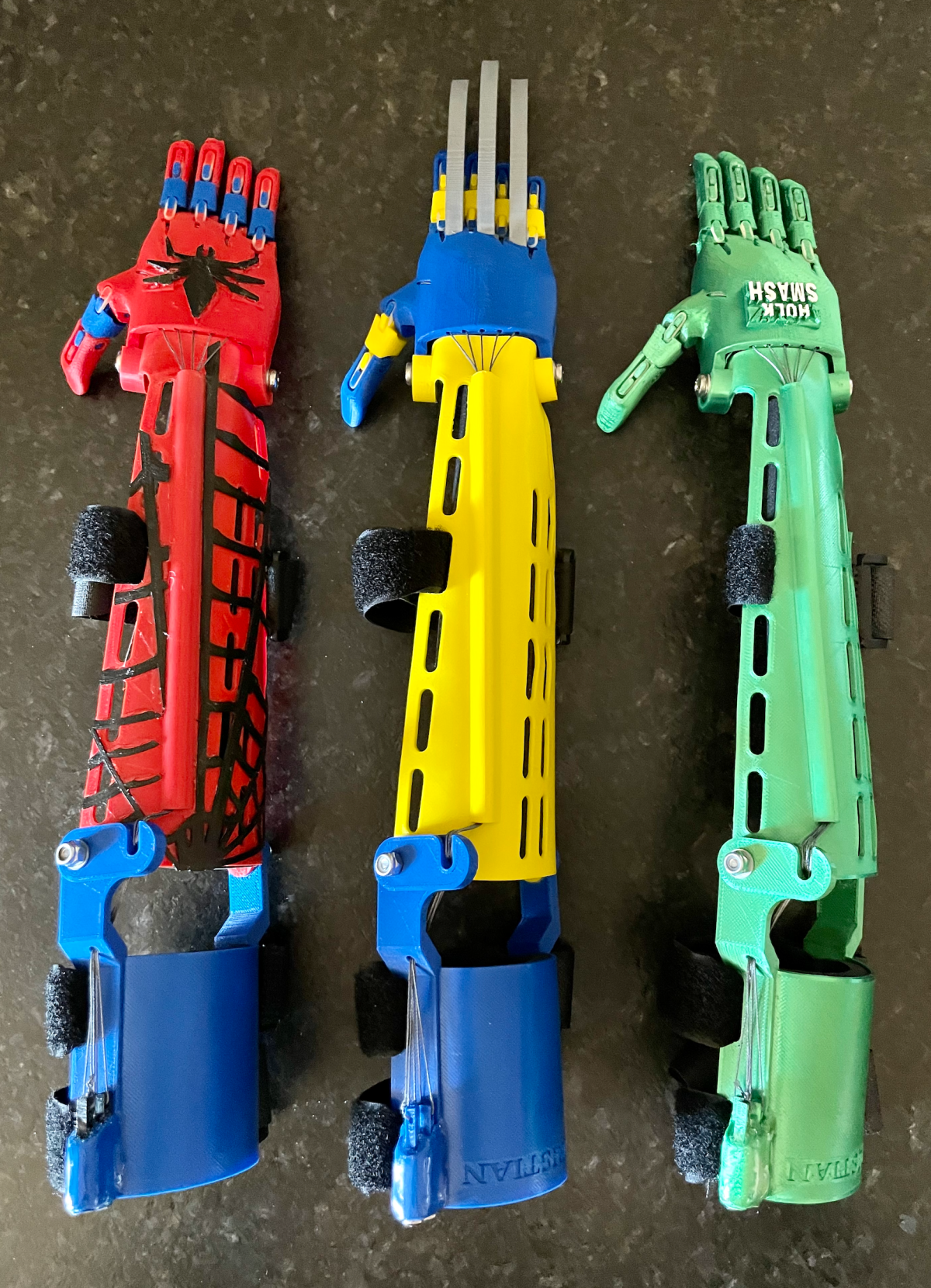
Exploring Robotics and Algorithmic Thinking
by Deepak Arora
In this hands-on STEM lesson, students take on the role of engineers tasked with developing an autonomous robotic solution for a complex real-world challenge. They explore the fundamentals of robotics, including components like sensors, actuators, and controllers, while learning the importance of algorithmic thinking and problem decomposition. Students work in teams to design, build, and program robotic systems using programming environments and robotic kits. By applying engineering design principles and iterating their solutions through testing and debugging, they develop critical thinking, problem-solving, and collaboration skills. The lesson incorporates differentiation strategies, enrichment opportunities, and practical applications to foster a comprehensive understanding of robotics, programming, and algorithmic thinking. Culminating in group presentations and evaluations, students showcase their optimized robotic solutions, demonstrating their mastery of the concepts covered.
Lesson Plan Link/URL
https://docs.google.com/presentation/d/1DeEz2xpueoZLs6JHxCRdyzUNXHzcyEeh/edit?u…Subject Area
Technology 1. Empowered Learner 2. Digital Citizen 5. Computational Thinker 6. Creative Communicator Engineering S2: Apply the Engineering Design Process S5: Apply Technology to Engineering
Featured
Off
Related Content

Grades:
6th Grade, 7th Grade, 8th Grade, 9th Grade, 10th Grade, 11th Grade, 12th Grade
Be a part of the humanitarian effort and teach students how to create a fully functioning 3D printed prosthetic arm for a client in need. This lesson walks you through the process in a slideshow

Grades:
9th Grade, 10th Grade, 11th Grade, 12th Grade
Description: Students will use Google’s TeachableMachine website to create an artificial intelligence image recognition model that recognizes various facial emotions (~4 facial expressions), such as

Grades:
7th Grade, 8th Grade, 9th Grade, 10th Grade, 11th Grade, 12th Grade
This lesson is a whole unit on energy. It can be broken up into 10 separate lessons. I chose to put them all together so that it was easier to see how I organized them so you did not have to search